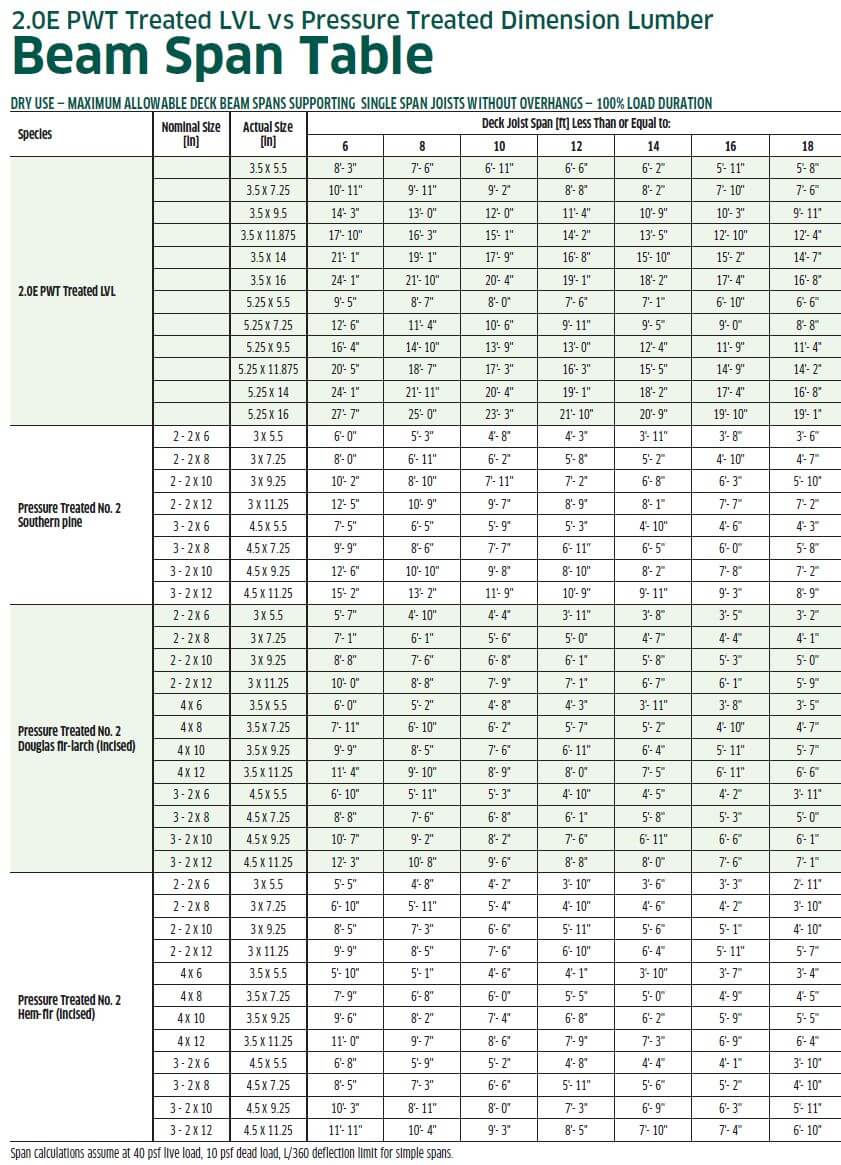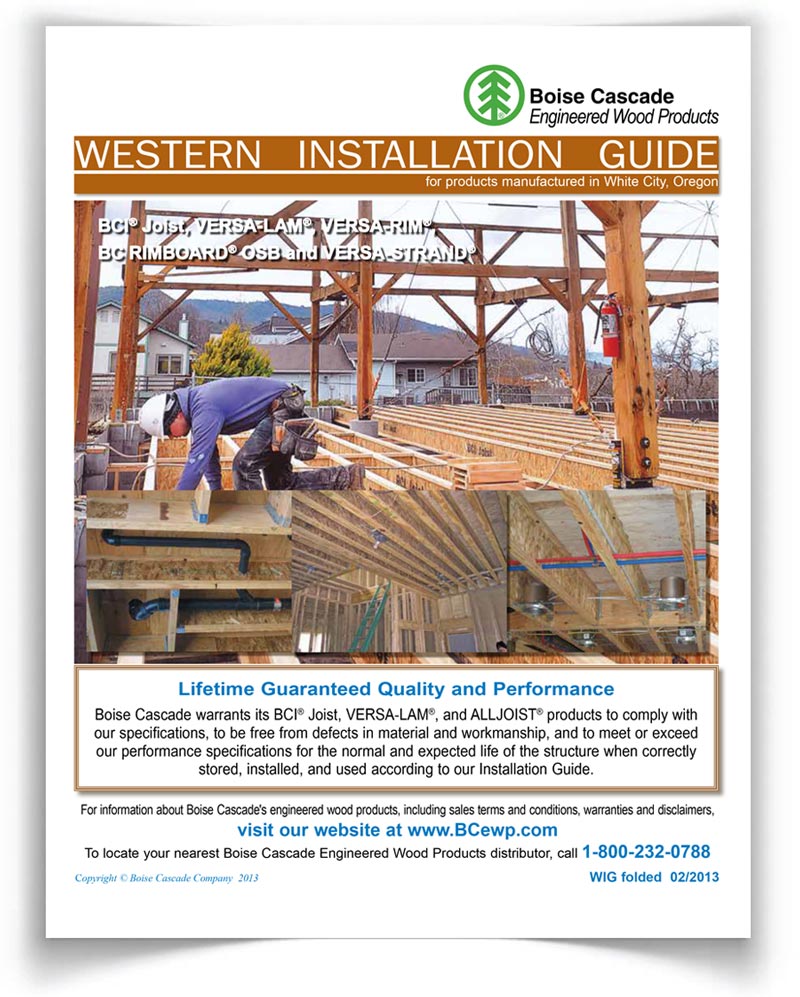
LVL BEAM SPAN CHART CRACK
For example, first-floor ceiling plaster would crack as occupants walked across a second-floor bedroom that was framed with bouncy floor joists. Strength and stiffness are equally important. Beams, studs, joists and rafters act as a structural skeleton and must be strong enough and stiff enough to resist these loads. The house acts as a structural system resisting dead loads (weight of materials), live loads (weights imposed by use and occupancy), like snow loads and wind loads. This article will focus on how simple beams like joists and rafters react to loading. If, when the loads of the house are combined, the house weighs more than the soil can support – the house will sink until it reaches a point at which the soil can support the load. Remember when your science teacher said: every action has an opposite and equal reaction? Well every building load has an equal “reaction load”. The structural goal of a house is to safely transfer building loads (weights) through the foundation to the supporting soil.

A complete analysis of wood’s mechanical properties is complex, but understanding a few basics of lumber strength will allow you to size joists and rafters with the use of span tables. Wood is naturally engineered to serve as a structural material: The stem of a tree is fastened to the earth at its base (foundation), supports the weight of its branches (column) and bends as it is loaded by the wind (cantilever beam).

LVL BEAM SPAN CHART CODE
With the purlin/bracing installed, the long rafter span would be broken up into two shorter spans, thus allowing the rafter to carry additional load.īefore you make your final decision on lumber sizing and span, consult your local building code officials to determine design loads for your area.Using span tables to size joists and rafters is a straight-forward process when you understand the structural principles that govern their use. You can break up a long span of rafters by installing a purlin and bracing on the underside. When calculating the span of joists or rafters, use the horizontal distance between to vertical supports. The #1 grade material is more expensive than the #2 grade, but if you can use fewer or smaller #1 grade joists or rafters in your design, youĭepending on the availability and cost of various size framing lumber, it might be more economical to use a larger size joist or rafter in your design, because you can typically use fewer of them. For example, you can span a #1 grade (no knots) southern yellow pine joist a greater distance than a #2 grade of the same species (with knots). The lengths and sizes of joists vary depending on the species and quality of the lumber used. To calculate maximum spans additional species of lumber, use the Span Calculator or the Span Tables for Joists and Rafters on the American Wood Council website.Ĭonsiderations when using the Rafter and Joist Span Tables

Contact your local building code officials to determine the building code for your area. Some other regions have special wind and seizmic requirements that should be considered when designing wood structures. For example, some regions get large amounts of snow, whereas others do not get any. Before you can determine the maximum spans for joists and rafters, you must know the load requirements for your given area.


 0 kommentar(er)
0 kommentar(er)
